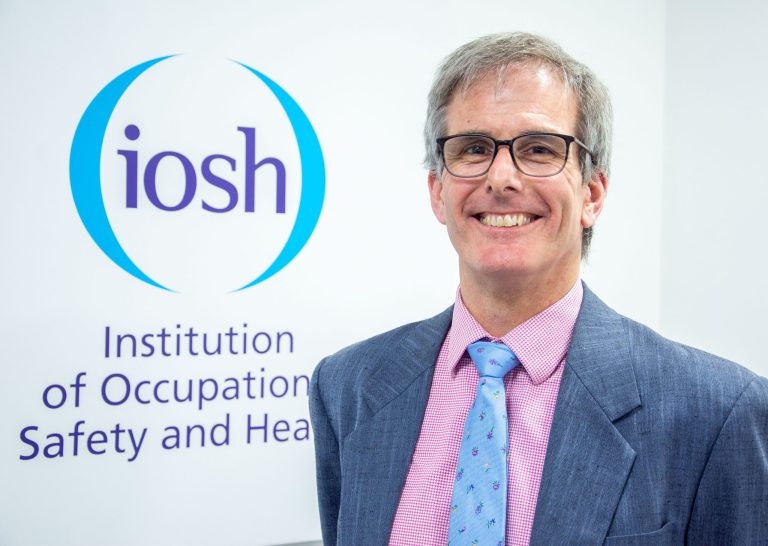The risk of injury – or even death – within the rail industry can unfortunately be stark. According to the Office of Rail and Road’s annual statistical release, from 2019-2020 there were 5,099 minor workforce injuries, 130 major incidents and, tragically, three fatalities. While major and minor injuries were at their lowest since the current comparable data series began in 2007-08, these statistics demonstrate the need for continuous high-quality training and education. This is what Astutis, an industry-leading training provider, is offering through its newly upgraded IOSH Managing Safely online course for the rail industry. One of the world’s foremost health and safety certificates, this course is ideally suited to the demands and potential risks of the rail industry. Latest digital concepts combined with ‘on-the-job’ simulation Astutis’ Managing Safely online course – requiring 24 hours of study online – is a fully-accredited health and safety certificate for those in middle management positions within the rail industry. Tutor-led courses are three days long, while online learners have six months’ access to course materials and tutor support, which they can work through at their own pace. The course combines the latest digital learning concepts with a practical ‘on-the-job’ simulation to equip learners with an understanding of the importance of health and safety and how to implement best practice. In doing so, it aims to develop participants’ health and safety strategies, essential management skills, and greater confidence in their role. Learning through gamification To make the course more interesting, engaging and ‘real’, it includes simulation training using real-life workplace examples and elements of gamification. One element of Astutis’ ‘real-life’ simulation is budget control – an essential HSE management skill. Learners, acting as an HSE manager, are presented with a variety of scenarios and hazards and given a budget against which they must balance their decisions. This not only motivates participants but allows them to better apply their learnings to the real world, as Steve Terry, Astutis’ Managing Director, explains: “Quite simply, our aim is to raise health and safety training to a higher standard and continuously improve our learners’ experiences. Adopting elements of gamification in our simulation training certainly plays its part in helping us do that. We find that it helps challenge participants’ thinking and build motivation – two things we feel lead to better outcomes.” User experience is paramount “We care deeply about the overall experience of the individuals and organisations that work with us and take part in our courses,” continues Steve. “It’s why we make it easy for businesses to monitor the progress of their learners, by giving them all the data they need to make smart, actionable decisions. A clear training roadmap is provided at the start of all our online courses, and each one is designed to complement our other courses seamlessly. We also appoint learning designers, multimedia developers and graphic designers to give our learners the very best – and most engaging – experience possible.” Benefits for participants and their organisations Steve comments: “First and foremost, this course ensures that its participants – and their organisations – comply with Health and Safety Executive (HSE) legislation and meet their managerial responsibilities for safety in the workplace.” This includes (amongst other things): Recognising common workplace hazards and implementing appropriate control measures Estimating, evaluating and reducing risk by applying a hierarchy of risk control Carrying out structured risk assessments and accident investigations A ‘must-have’ for rail professionals As well as being well-suited for a variety of industries, Astutis’ IOSH Managing Safely course encapsulates the knowledge needed specifically for rail health and safety professionals. Completing the course syllabus prepares professionals to create and foster a safety-conscious workforce while avoiding high costs. Many of the UK’s leading rail organisations have benefitted from Asutis’s industry-leading course, including Merseyrail, for whom it’s vital that staff have a high level of health and safety knowledge. Daniel Dale, Competency Training Manager, Merseyrail comments: “We choose Astutis as our learning partner because they guarantee immediate access to a learning management system and provide the reporting and monitoring functionality we need. It’s also important for us – should we need it – to access customised content that’s both relevant and up-to-date. We have been happy with the training provided by Astutis which has proved invaluable in the support of implementing an effective H&S policy within Merseyrail”. For more information, including the course syllabus and how to register, visit astutis.com/iosh-courses/online, email enquiries@astutis.com, or call +44(0)345 241 3685.









